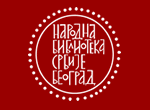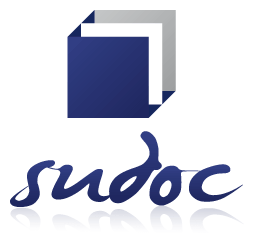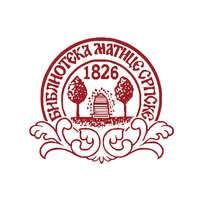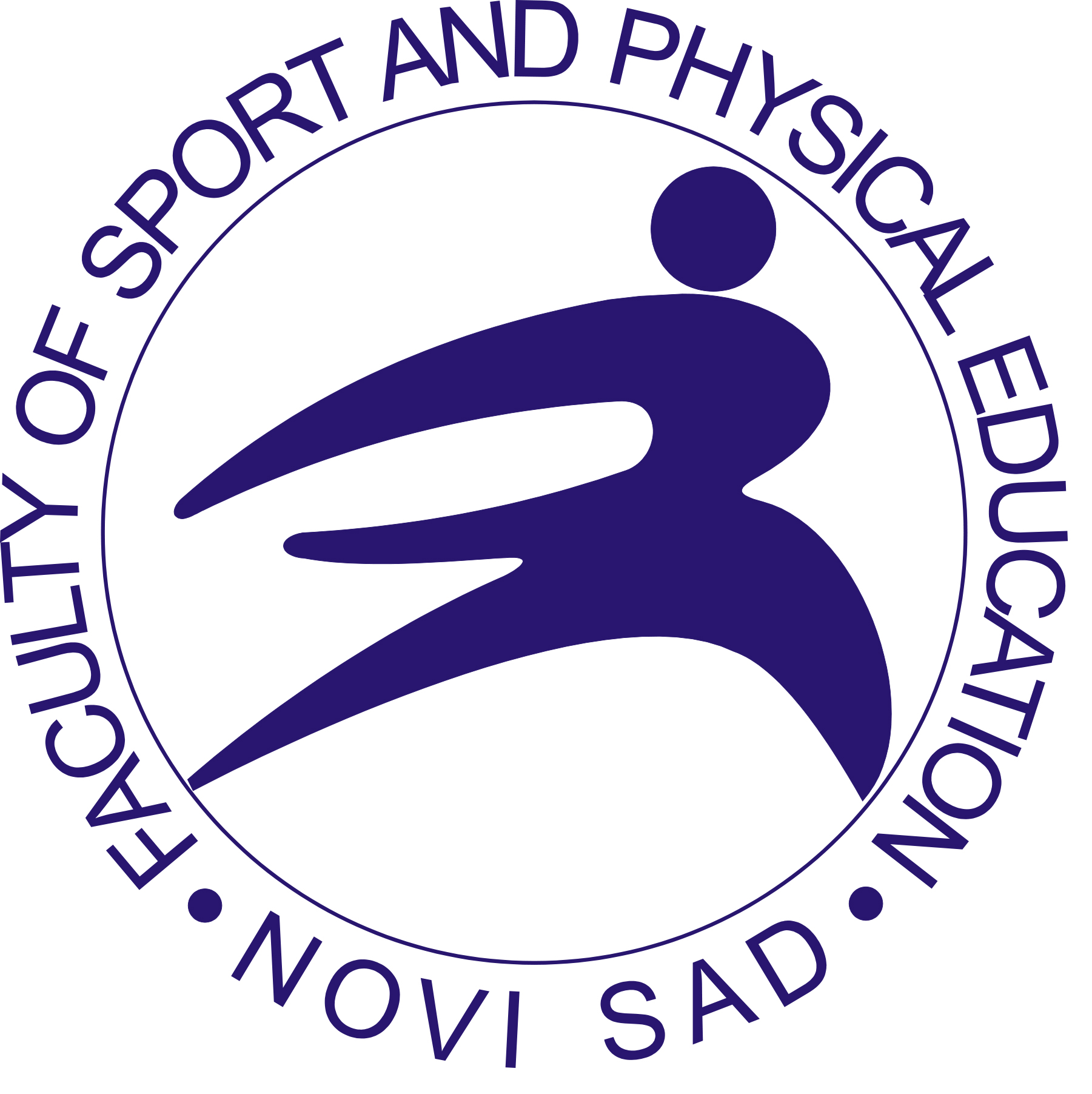
More articles from Volume 3, Issue 1, 2011
NUMBER OF STEPS PER DAY AND PHYSICAL ACTIVITY LEVELS OF ADULTS IN GREECE
AN AUTOMATED IDENTIFICATION OF INDIVIDUALS AT HEALTH RISK BASED ON DEMOGRAPHIC CHARACTERISTICS AND SELF-REPORTED PERCEPTIONS
CANDIDATE GENES IN THE FIELD OF EXERCISE GENOMICS
THE EFFECT OF STRENGTH TRAINING ON TENNIS SERVICE PERFORMANCE OF JUNIOR TENNIS PLAYERS
RELATIONS BETWEEN ANTHROPOMETRIC CHARACTERISTICS AND LATENT DIMENSIONS OF STRENGTH IN PERSONS OF ABOVE-AVERAGE MOTOR ABILITIES
THE EFFECT OF STRENGTH TRAINING ON TENNIS SERVICE PERFORMANCE OF JUNIOR TENNIS PLAYERS
Department of physical education and sport science, Democritus University of Thrace , Komotini , Greece
Department of physical education and sport science, Democritus University of Thrace , Komotini , Greece
Department of physical education and sports science, National and Kapodistrian University of Athens , Athens , Greece
Department of physical education and sport science, Democritus University of Thrace , Komotini , Greece
Department of physical education and sport science, Democritus University of Thrace , Komotini , Greece
Department of physical education and sports science, National and Kapodistrian University of Athens , Athens , Greece
Department of physical education and sport science, Democritus University of Thrace , Komotini , Greece
Department of physical education and sport science, Democritus University of Thrace , Komotini , Greece
Abstract
The purpose of the present study was to evaluate the effect of a 7-week shoulder specific strength training program additional to tennis training sessions on the service velocity of junior tennis players. Initially 60 junior tennis players (29 boys and 31 girls) with at least 2 years of tennis experience and never followed a routine strength program, volunteered to participate in the study. All the subjects followed a regular tennis training session (75 min). The subjects were randomly assigned into three groups: i) group-A, which practiced in addition 15 min service after the tennis session, ii) group-B which practiced a 7-week strength training program (15 min per session, 3 times per week) after the tennis session, and iii) a group-C, control group, which did not follow any extra programs after the tennis session. Two-way repeated measures analysis of variance was performed to detect differences in each group before and after the experimental period. The independent variable was the group (two experimental groups with different training protocol and the control group with only tennis training), and the repeated factor was the ìtestî (pre and post test, before and after the training period). Statistical significance was accepted at p<.05. It was measured an overall significant quantitative improvement on service performance while, the qualitative findings showed significant improvement in service technique only in group A.
Keywords
References
Citation
Copyright

This work is licensed under a Creative Commons Attribution-NonCommercial-ShareAlike 4.0 International License.
Article metrics
The statements, opinions and data contained in the journal are solely those of the individual authors and contributors and not of the publisher and the editor(s). We stay neutral with regard to jurisdictional claims in published maps and institutional affiliations.
























